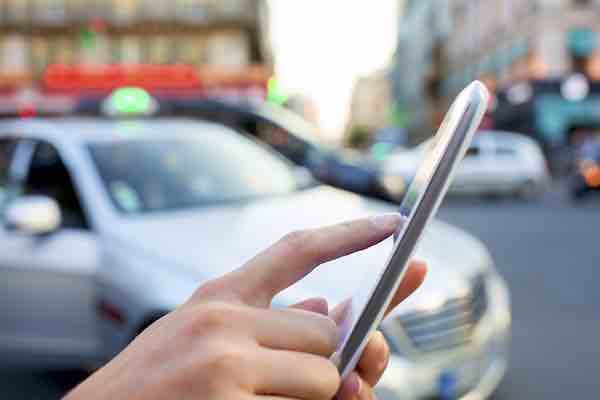The Biden administration is directing federal employees to prioritize electric vehicles, trains, and public transit when on official travel.
In a memo to federal agencies, the White House Office of Management and Budget (OMB) wrote:
Federal agencies should prioritize the availability and use of sustainable transportation for official travel, including local travel. Consistent with agency missions and fiscal responsibility, agencies and employees should prioritize official transportation as follows: 1) zero emission vehicles (ZEVs) over other automobiles; 2) interstate and commuter rail over air travel or long-distance automobile travel; and 3) public transit over automobiles. In addition, agencies should take steps to make sustainable transportation more widespread and easier to access for Federal employee travel by improving travel booking systems, by enabling sustainable air travel, and by leveraging the Federal Government’s buying power to ensure cost effectiveness.
Specifically, the memo says that electric vehicles should be prioritized over other automobiles, trains should be prioritized over airplanes or long-distance car travel, and public transit should be prioritized over automobiles.
The memo also directs agencies to use virtual engagement (i.e. online meetings) over travel where feasible.
Automobiles
With respect to renting cars, OMB says that federal employees should select a zero-emission vehicle (ZEV) where the daily rental rate is less than or equal to the least expensive compact car available. If another class of vehicle is approved other than a compact car, travelers should select a ZEV where the daily rental rate is equal to or less than the rental rate of the least expensive car of the approved class of vehicle.
OMB says that this policy will save the federal government money because ZEV charging costs are lower compared to gasoline costs. It does not cite a source for this projected cost savings, however.
When federal employees are on official travel and use a taxi or ride-sharing service, they are instructed to use a ZEV when possible. If this is not an option, they should then choose a vehicle with the highest fuel efficiency.
Trains
Federal employees are instructed to use trains when traveling between cities on official travel. The memo states:
In general, employees should travel by rail where available for city pairs less than 250 miles apart, especially in the Northeast and Mid-Atlantic regions and in countries where regional or international rail is available and time and cost effective (e.g., in Europe and parts of Asia). Federal employees should use automobiles (including ZEVs) for long-distance travel only when no other practical option exists, such as when traveling in remote or rural areas.
Public Transit
Federal employees are instructed to use public transit when traveling locally on official business. This can include bicycles or bike-sharing services. The memo states:
Federal agencies and employees should prioritize using public transit (e.g., subway, bus, light rail) when conducting local travel or upon arrival at the official travel location, to the extent that public transit is available and that its use is compatible with mission needs. Agencies and employees may also use nonmotorized modes of transportation (e.g., bike-share) when available and compatible with mission needs.
The federal government spent $2.8 billion on official travel in fiscal year 2022 which included 2.8 million flights ($1.66 billion), 2.3 million vehicle rentals ($791 million), and 33,000 rail trips ($4.2 million).




